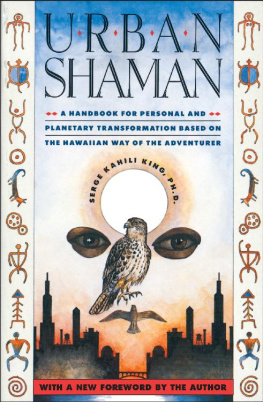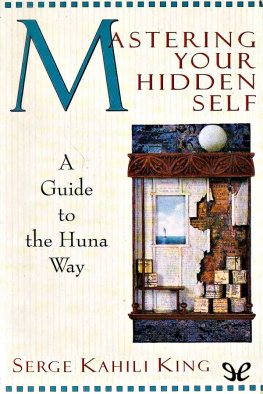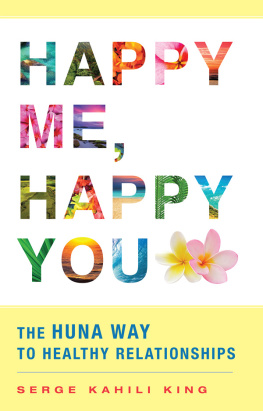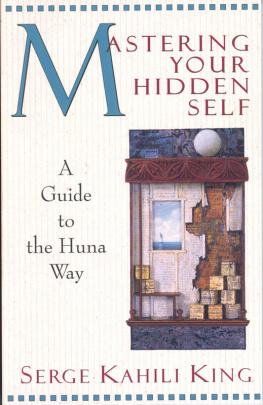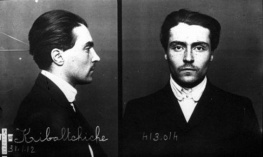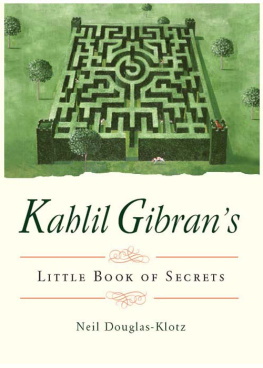Serge Kahili King - Dreaming Techniques
Here you can read online Serge Kahili King - Dreaming Techniques full text of the book (entire story) in english for free. Download pdf and epub, get meaning, cover and reviews about this ebook. year: 2020, publisher: Inner Traditions/Bear & Company, genre: Religion. Description of the work, (preface) as well as reviews are available. Best literature library LitArk.com created for fans of good reading and offers a wide selection of genres:
Romance novel
Science fiction
Adventure
Detective
Science
History
Home and family
Prose
Art
Politics
Computer
Non-fiction
Religion
Business
Children
Humor
Choose a favorite category and find really read worthwhile books. Enjoy immersion in the world of imagination, feel the emotions of the characters or learn something new for yourself, make an fascinating discovery.

- Book:Dreaming Techniques
- Author:
- Publisher:Inner Traditions/Bear & Company
- Genre:
- Year:2020
- Rating:4 / 5
- Favourites:Add to favourites
- Your mark:
- 80
- 1
- 2
- 3
- 4
- 5
Dreaming Techniques: summary, description and annotation
We offer to read an annotation, description, summary or preface (depends on what the author of the book "Dreaming Techniques" wrote himself). If you haven't found the necessary information about the book — write in the comments, we will try to find it.
Dreaming Techniques — read online for free the complete book (whole text) full work
Below is the text of the book, divided by pages. System saving the place of the last page read, allows you to conveniently read the book "Dreaming Techniques" online for free, without having to search again every time where you left off. Put a bookmark, and you can go to the page where you finished reading at any time.
Font size:
Interval:
Bookmark:
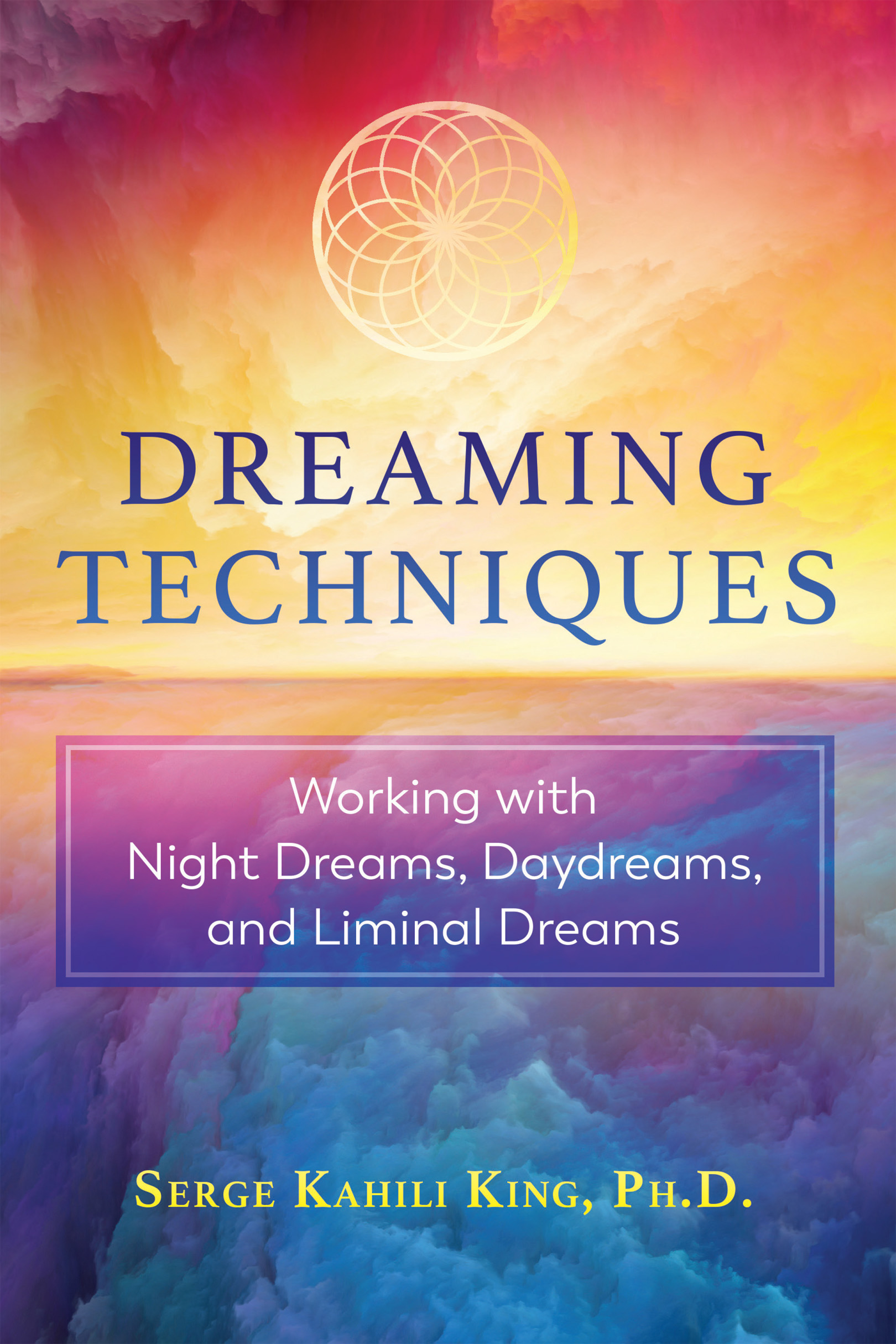
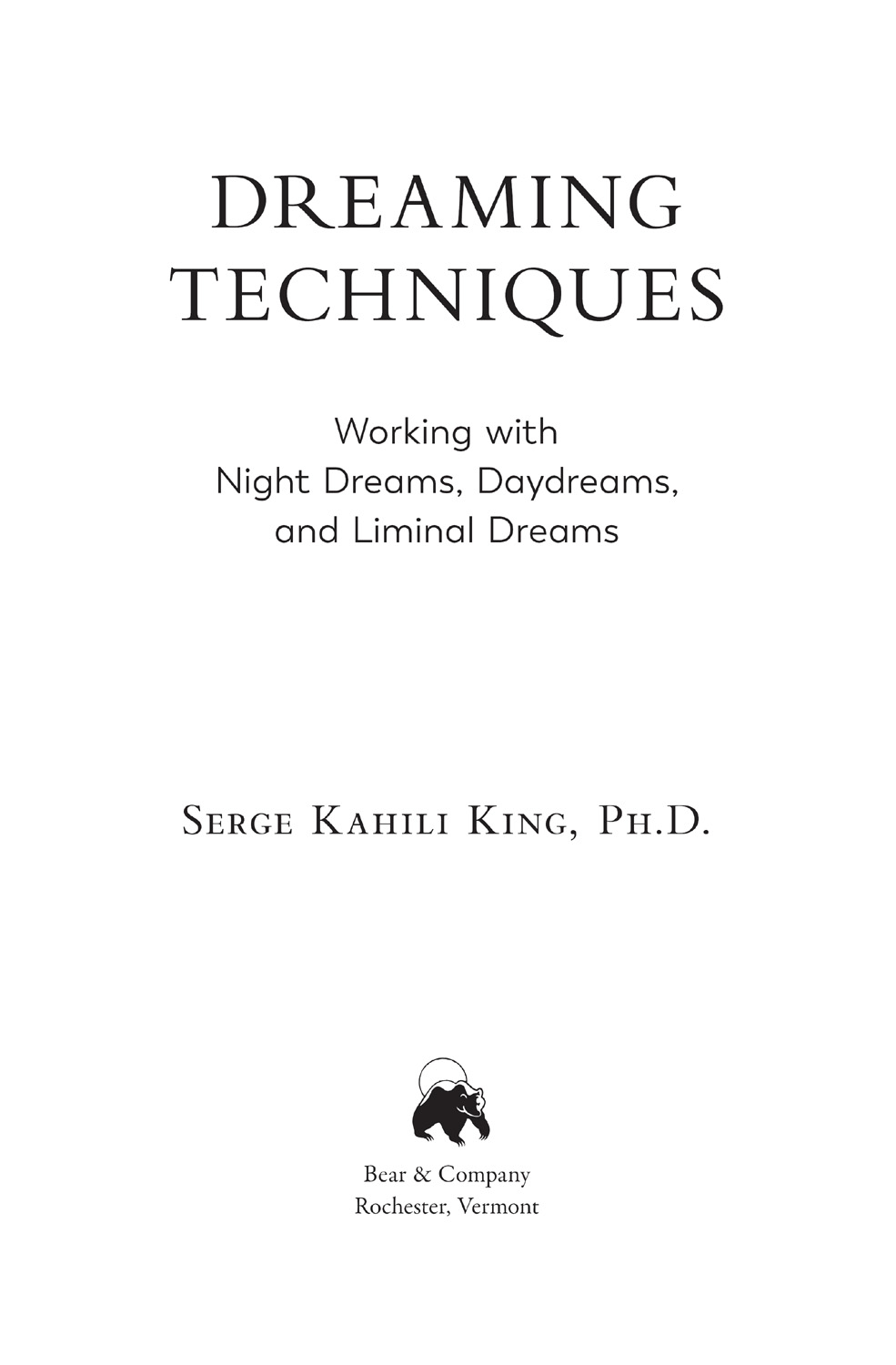

To the spirit of Marquis Leon Lecoq dHervey de Saint-Denys
Acknowledgments
Many thanks to my wonderful, proofreading wife, Gloria, who kept me from writing long, one-sentence paragraphs and who has shared so many of my dreams; to Peggy Kemp, Diane Koerner, and Astrid Mohr-Kiehn, who added their proofreading talents; to Jim Fallon for his contributions; and to all my friends and family who have been patiently waiting for this book to appear.
INTRODUCTION
Whats This All About?
This is a book about understanding and using dreams and dreaming. Of course, it covers the dreams we have at night, but it goes much further to deal in depth with the dreams of daytime, the deeper forms of conscious dreaming, and the serious proposition that all of what I call Waking Life appears to have characteristics that we ordinarily apply to night dreams.
It might seem strange at first to associate dreams and dreaming with technology, but there is a lot of precedent for this association. Although we usually think of technology in terms of machines and electronics, since the end of World War II we have been working with more and more aspects of human behavior in technological terms. Not coincidentally, the term technology is derived from a Greek word meaning systematic treatment, which itself comes from a word meaning art, craft.
Sports is one significant area where technology is applied in the way I am intending. I dont mean in regard to equipment, but rather in the way athletes are trained to make use of research into how the human body functions while engaging in a particular sport. First, there is the knowledge of what happens and why, and then there is the application of that knowledge to change behavior in ways that improve performance.
Dreaming is an aspect of human behavior about which we know far less than many other areas. Nevertheless, I believe that it is an aspect of vital importance to human development. We can learn much more about dreaming and can use that knowledge to change our behavior in order to dream even better.
This book is based in large part on my own experiences with dreams. Since the early seventies I have recorded well over 5,000 of my own dreams, and during ten years of running a hypnotherapy clinic I have helped hundreds of other people deal with their dreams. Hundreds more from all over the world learned how to make good use of dreaming skills in the many workshops I have given. To illustrate or demonstrate certain points, then, I use examples from my personal dream journals. I also include research by others on the phenomena of dreaming.
The next nine chapters are about night dreams. After discussing a wide variety of cultural, scientific, and esoteric opinions about dreams, as well as my own perspectives on dreams and dreaming, I will describe the types of dreams we have, how to remember them better, and how to make use of them to improve our health and well-being. There will be sections on dream language, dream levels, dream structure, and dream themes, as well as content. A short section on various ways to interpret dreams is also included for those who are interested. Naturally, there are also techniques for enhancing the dream experience, including some unusual and highly useful ideas about lucid dreaming.
The two chapters after that deal with the half-awake state usually called hypnagogic, which is used far more than generally realized by many people for different purposes. Of course, techniques for using and enhancing the hypnagogic state are included.
The following three chapters deal with daydreams. I explore the dreams of inventors, writers, artists, and others in unusual ways. There will be a section on fantasy, guided imagery, meditation, visions, and more, plus techniques for using daydreams for healing, helping, and creativity.
The last five chapters include a wide-ranging discussion of how dreamlike our daily experience really is. This section presents scientific knowledge, scientific limitations, worldwide experiences of omens, ghosts, and anomalous events that cannot be explained by any logical or scientific process. These strengthen my contention that life itself is a dream. This ends, of course, with techniques for seeing the world differently and for influencing the behavior of people, things, and nature.
Each chapter ends with a few Unanswered Questions. No one knows everything there is to know about dreams, and these questions are intended to stimulate thinking and possible areas of research.
BECOMING A DREAM TECHNICIAN
Becoming a Dream Technician (or Techie) does not mean developing complete control over dreams and dreaming. After all, mastering any art in Waking Life doesnt mean having complete control over the art. Its the quality of unpredictability combined with the skill of adaptability that makes something an art. No chess master ever wins every single game. No baseball star ever bats one thousand (meaning that he hit every single ball thrown at him), nor does any basketball star make every basket. No bestselling author always writes bestsellers, and even the very best composers and painters do not always produce masterpieces. On the other hand, master chess players win many more games than other chess players, master baseball players hit many more balls than other players, master basketball players make many more baskets than other players, master authors sell more books than most authors, and master composers and painters do produce more masterpieces than those who have not mastered those arts. So, too, are master dreamers able to influence and direct their own dreams more often than those who do not make the effort to develop their skill.
That said, anyone can become better at something without having to be a master, as long as they are willing to learn, to practice, and to experiment.
Unanswered Questions
- Can dreams actually play a more important part in our lives than most people realize?
- Is the concept of a Dream Technician a valid one?
- Is it really possible to master the art of dreaming?
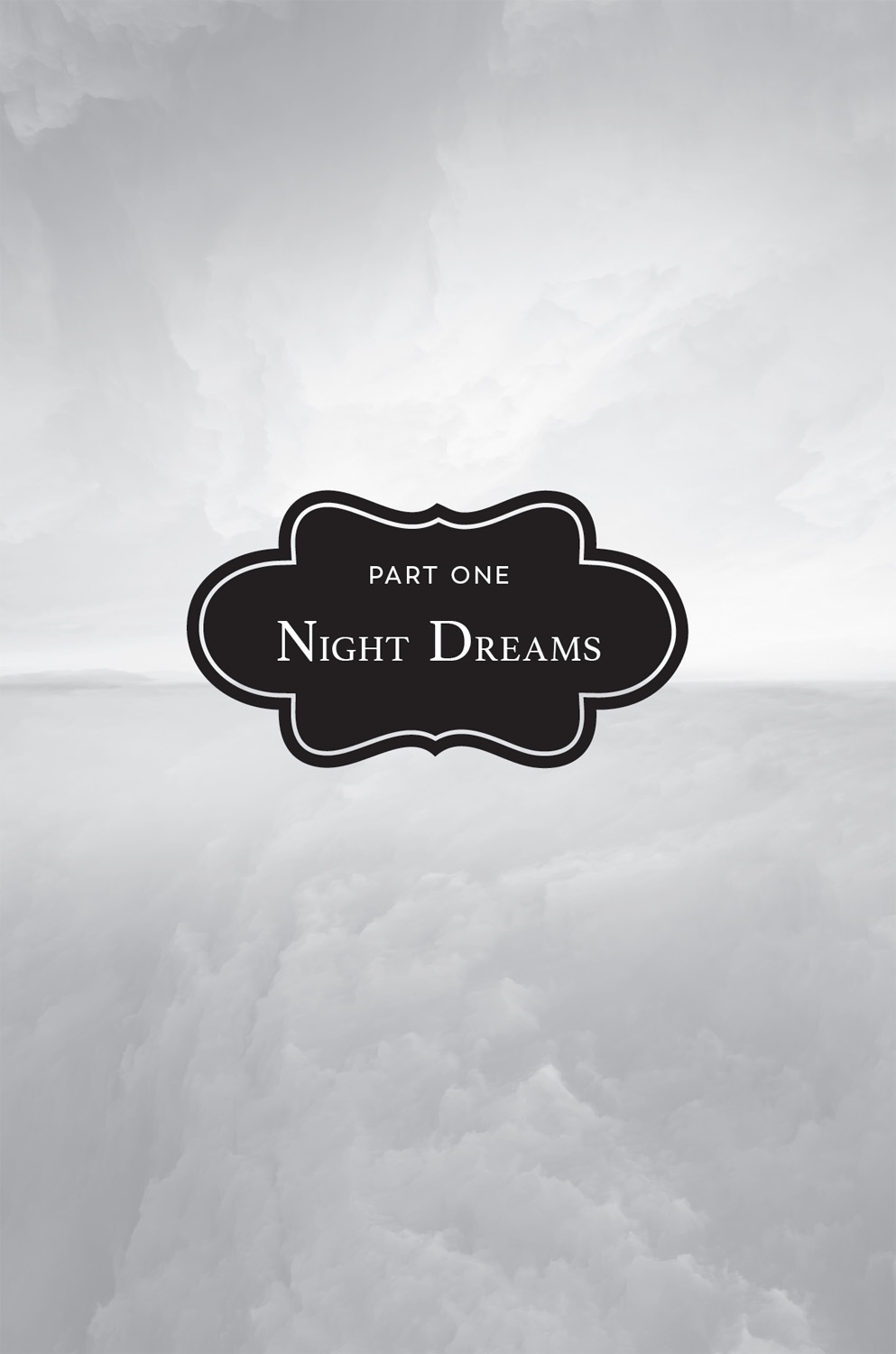
Dreams and Folk Wisdom
Dreaming seems to be universal among human beings, but opinions about dreaming are not. Lets begin our path toward becoming a Dream Techie with a survey of folk wisdom regarding dreams.
POPULAR OPINION
I think that the best way to survey worldwide opinion is through the proverbs of different peoples and places. Its wise not to confuse proverbs with truth, though. Proverbs are only condensed opinions shared by some percentage of a group of people. Dont be surprised to note that very different opinions can arise from the same places. That just shows how contrary people can be about the same issues. In any case, the proverbs in this chapter are just a sampling of what exists.
Some opinions that are called proverbs, implying old folk wisdom, may actually come from a particular individual from ancient times or modern. I will note this when I am able. Proverbs from the United States come from an anthropological survey. Ill divide the proverbs into different categories and make comments as I deem appropriate. Authors comments will be labeled as AC.
Font size:
Interval:
Bookmark:
Similar books «Dreaming Techniques»
Look at similar books to Dreaming Techniques. We have selected literature similar in name and meaning in the hope of providing readers with more options to find new, interesting, not yet read works.
Discussion, reviews of the book Dreaming Techniques and just readers' own opinions. Leave your comments, write what you think about the work, its meaning or the main characters. Specify what exactly you liked and what you didn't like, and why you think so.

